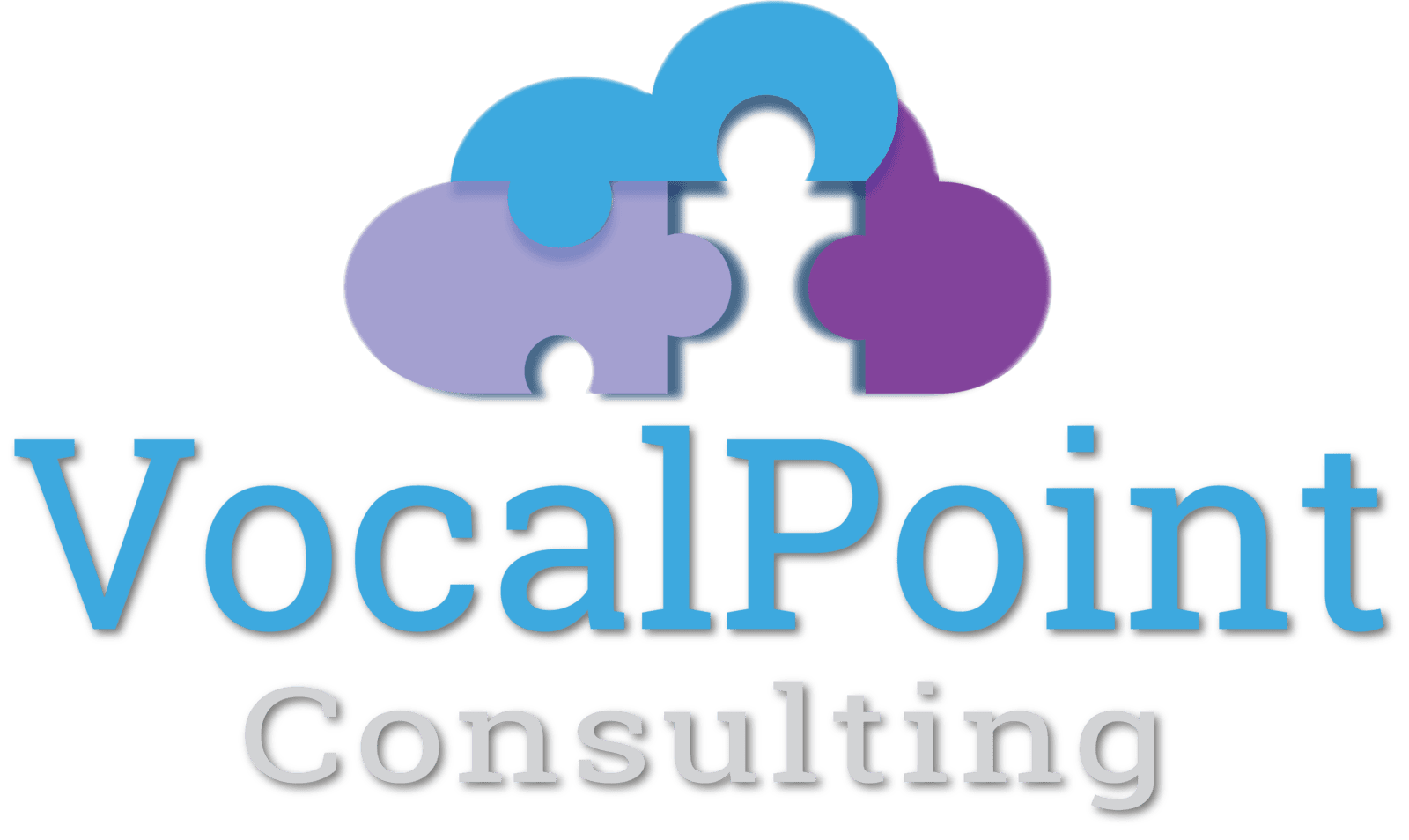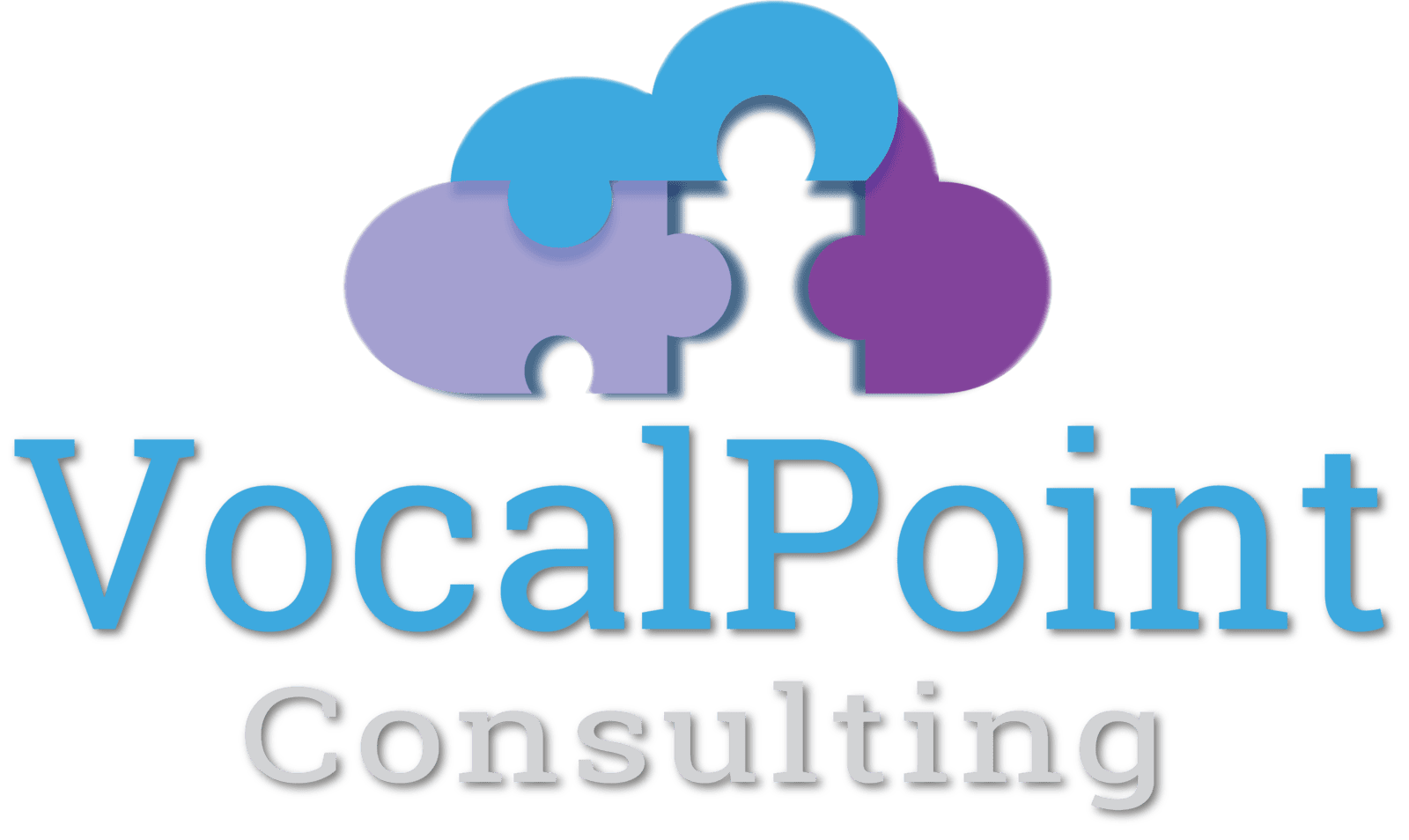Offering an exceptional customer experience is increasingly crucial for companies that want to stay ahead of the competition. As a result, many organizations focus heavily on implementing CX strategies that lead to improvements. However, not as many are as diligent about learning from their poor customer experiences. While focusing on the positive is often more pleasant, it means missing out on critical opportunities. If you want to capture the potential of your poor customer experiences and use them to facilitate meaningful change, here’s what you need to know.
What Poor Customer Experiences Can Teach You
In many ways, poor customer experiences showcase shortcomings. While the occasional issue is likely unavoidable, each one is a learning opportunity. For one, a poor customer experience is a chance to find flaws in your processes that you could potentially close. Often, issues that don’t have a high likelihood of occurring aren’t spotted through traditional
CX assessments or performance audits. Instead, they are accidentally overlooked, only being revealed when a rare event happens. Additionally, poor customer experiences can represent your biggest opportunities. By determining what went awry and why the negative event occurred, you can make adjustments that lead to broader change.
How to Learn from Your Poor Customer Experiences
If you want to learn from your poor customer experiences, you need to go the extra mile when it comes to information gathering. While routine surveys can be effective, not all customers are going to take part. This is especially true if the experience isn’t personalized to their experience or doesn’t provide them with the space needed to fully express their frustration. Usually, the best approach is proactively reaching out to the customer to find out what occurred and why they were dissatisfied. By initiating the discussion, you’re showing that you are invested in achieving a positive outcome. As a result, the customer may be more receptive to having the conversation, increasing the odds that you’ll get the details you need. When you initiate these conversations, focus on active listening. As they share information, rephrase what they said to ensure you fully understand. If the situation is a bit muddy, as clarifying questions to get at the heart of the issue. During the discussion, ask the customer for their help. Find out what they feel would solve their issue or what could prevent it from happening later if a remedy isn’t possible or needed at that time. This approach ensures you aren’t guessing about the best way to proceed. Instead, you can take the customer’s perspective into account, increasing the odds of a prompt and satisfactory resolution.
Actions to Improve CX After Gathering Feedback
When you finish gathering feedback and meeting the customer’s existing need, look beyond solving the immediate issue. Consider what strategies, policies, training, or procedures could prevent the problem from recurring. Coordinate with other departments, managers, and stakeholders to get their input, especially if the problem was multi-layered. If the customer’s feedback leads to a meaningful change, let the customer know. Not only are you reaffirming your commitment to solve their problem, but you’re demonstrating that their poor customer experience was fully heard. They’ll see that you take feedback seriously, restoring their faith in the company.


